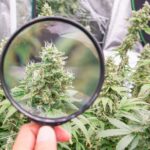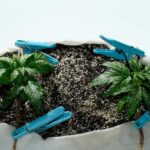The Best Fluffy Pancakes recipe you will fall in love with. Full of tips and tricks to help you make the best pancakes.
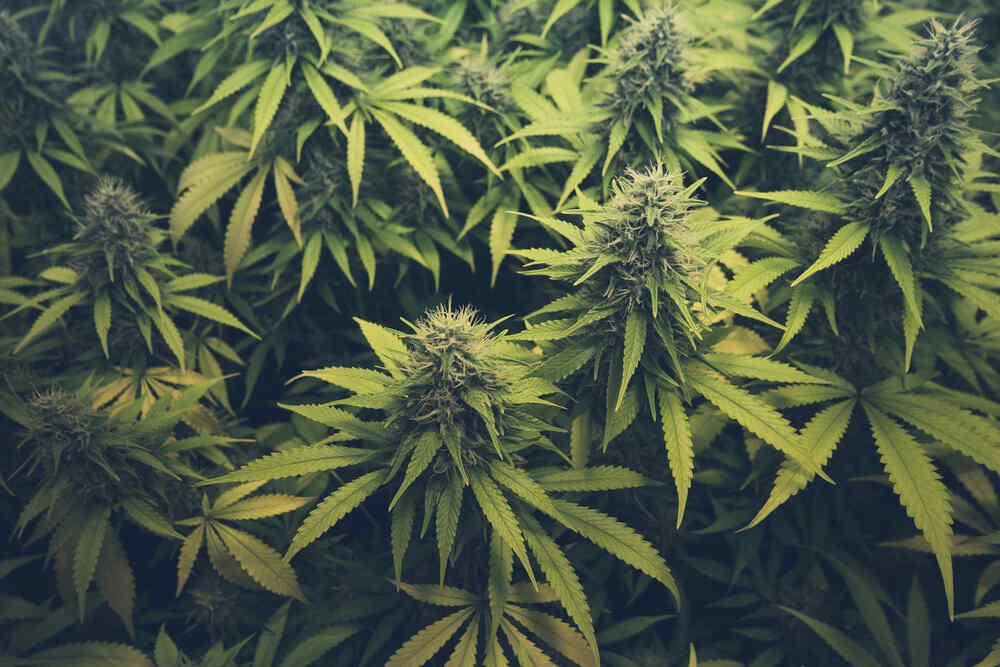
The Best Sativa Cannabis Seeds
Sativa cannabis seeds are your ticket to growing tall, uplifting, energy-boosting weed that hits you right between the eyes—in the best possible way. If you’re the type of grower who chases that soaring head high, fruity terpenes, and long colas swaying in the breeze, sativa genetics are where it’s at. But not all sativa seeds are created equal, and if you’re growing them for the first time, you’ll need to understand the differences between pure sativas, sativa-dominant hybrids, and how to pick the right seeds for your setup.
In this guide, I’ll walk you through everything you need to know—from the best strains to buy in 2025 to how I grow tall sativas indoors without turning my tent into a jungle. You’ll learn how to manage their stretch, feed them right, and pick seeds that fit your climate, skill level, and desired effects. Let’s get into it.
Understanding Sativa Seeds and Their Origins
Sativa cannabis plants are known for their tall structure, narrow leaves, long flowering times, and cerebral highs. But not all sativas come from the same mold—understanding their lineage is key to selecting and growing the right strain.
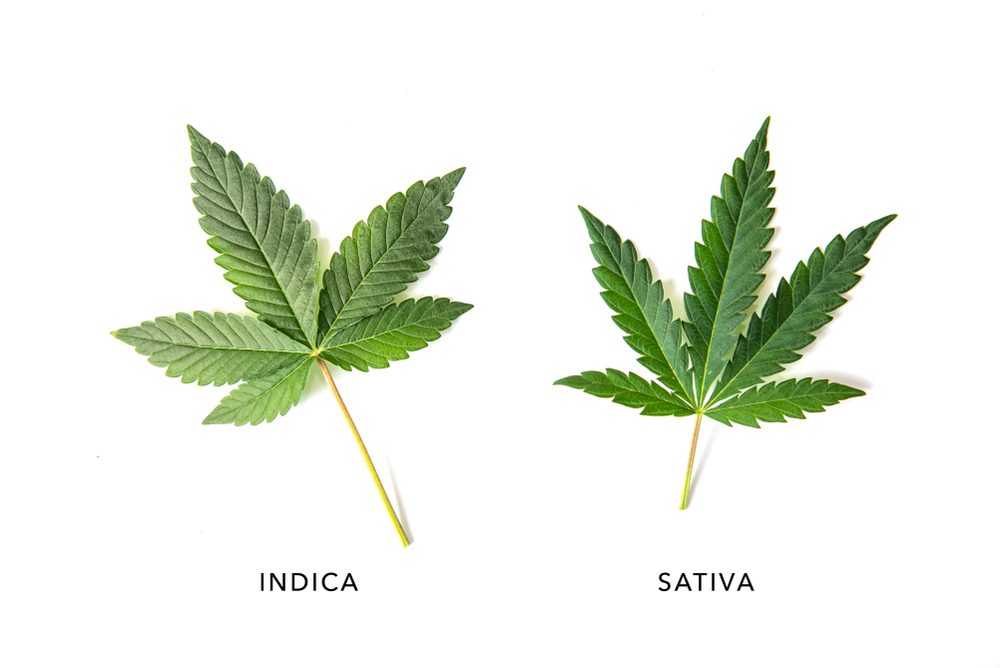
What defines a “pure” sativa versus a sativa-dominant hybrid
A “pure” sativa comes from landrace strains that have not been genetically mixed with indica or ruderalis plants. These typically originate from equatorial regions—think Thailand, Colombia, and South Africa. Pure sativas are:
- Tall (up to 3–4 meters outdoors)
- Slow to flower (12–16 weeks)
- Uplifting and cerebral in effect
- Light in structure with thin leaves
Sativa-dominant hybrids, on the other hand, combine sativa and indica genetics to give you the best of both worlds. They usually flower faster (9–11 weeks), grow a little shorter, and offer a more balanced high. This makes them a smart pick for indoor growers or those in temperate climates.
Historical landrace roots: Durban Poison, Chocolate Thai, Jamaican Lambsbread, Colombian Gold, Malawi
If you want to experience sativas in their rawest, most potent form, landrace strains are the place to start. These are native, untouched genetics that evolved in specific regions:
- Durban Poison (South Africa): Fast-flowering for a sativa, spicy anise terp profile, excellent for outdoor
- Chocolate Thai (Thailand): Known for its unique chocolate aroma and long, dreamy high
- Jamaican Lambsbread: A legendary uplifting strain favored by Bob Marley, offering clarity and focus
- Colombian Gold: Sweet lemon flavor, classic cerebral buzz, tall lanky structure
- Malawi (Central Africa): Potent as hell, often hitting THC levels above 20%, with earthy-spicy flavors
These genetics laid the groundwork for many of today’s sativa hybrids, so you’ll often see them listed in modern breeding pedigrees.
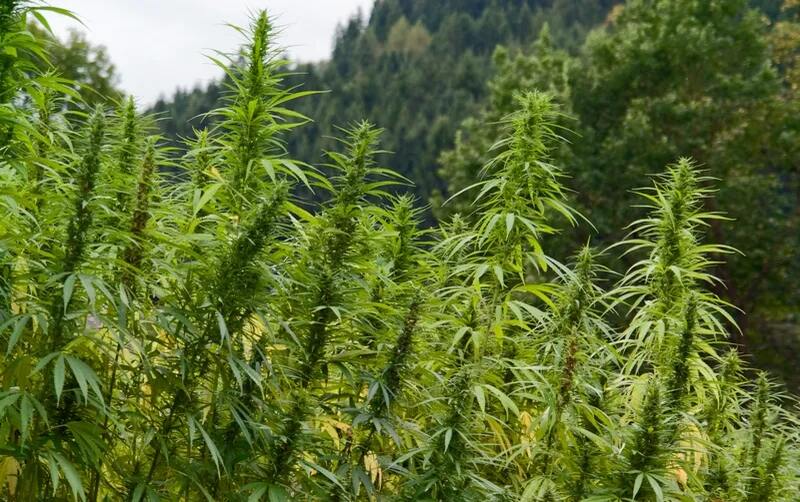
Why Choose Sativa? Effects, THC, and Terpene Profiles
Sativas are your go-to if you’re looking for mental stimulation, creative spark, or just a solid social high. They also differ chemically from indicas, not just genetically.
Uplifting, cerebral and energetic highs: typical psychoactive effects
Sativa strains are known for their energetic, euphoric effects. The high is often described as:
- Clear-headed
- Motivating
- Focused
- Social and giggly
- Sometimes psychedelic
Unlike indicas, which lock you to the couch, sativas send you out the door, headphones on, doing chores or making art. This also makes them popular daytime strains, especially for medical users managing depression, ADHD, or fatigue.
Understanding THC levels and CBD content in sativa seeds
Most sativa strains pack high THC levels—typically in the 18–25% range. Pure sativas like Malawi can even push past 25% when grown under optimal conditions. However, they usually contain very little CBD unless selectively bred to include it.
If you’re after a balanced effect, sativa-dominant hybrids bred for a 1:1 THC to CBD ratio are becoming more available. Look for strains like Dancehall or Harlequin that still deliver energy but with reduced intensity.
Key terpene profiles: limonene, pinene, caryophyllene in sativa strains
Sativas often express fruity, citrusy, and spicy terpene profiles. The most common terpenes found in sativa strains include:
- Limonene: Uplifting, citrus-scented, mood-boosting
- Pinene: Pine aroma, promotes alertness, memory retention
- Beta-Caryophyllene: Peppery spice, doubles as a cannabinoid, helps with stress
These terpenes not only influence flavor and aroma but work with THC to shape the overall experience—known as the entourage effect.
Top Sativa Strains and Seed Options in 2025
Seed banks have refined sativa genetics over the past decade to create faster, stronger, and more manageable plants. Here’s what’s hot right now.
Landrace and classic favorites: Durban Poison, Silver Haze, Super Silver Haze
You can never go wrong with the classics:
- Durban Poison: A pure sativa that grows fast and flowers in 8–9 weeks—rare for a landrace. It has a spicy-sweet profile and is relatively mold-resistant.
- Silver Haze: A mix of Northern Lights and Haze, it brings that soaring haze high but is a little easier to tame indoors.
- Super Silver Haze: The champion of late ‘90s High Times Cannabis Cups. It’s potent, citrusy, and delivers a long-lasting high with a touch of body relaxation.
These strains are time-tested and excellent for those who want the “true” sativa experience.
Popular hybrid picks: Blue Dream, Sour Diesel, Ghost Train Haze, Green Crack, Bruce Banner #3, Moby Dick
If you’re looking for strains that bring that sativa energy but in a grower-friendly package, consider these hybrids:
- Blue Dream: Sweet berry aroma, gentle cerebral buzz, grows like a champ indoors
- Sour Diesel: Gassy, fast-acting, good for wake-and-bake
- Ghost Train Haze: Extremely high THC levels, almost psychedelic, not for newbies
- Green Crack: Sharp mental clarity and energy with fruity mango terps
- Bruce Banner #3: Potent as hell, sativa-leaning, very strong but creative
- Moby Dick: A high-yielding beast that can take over your tent—train it early
All of these options combine sativa effects with hybrid resilience.
Choosing the Right Sativa Seeds: Key Criteria
Before grabbing any old pack of seeds, match the strain to your needs, grow setup, and experience level.
Seed type options: feminized, regular, autoflowering
When selecting seeds, you’ll usually choose from:
- Feminized: Guaranteed to produce bud-bearing female plants—best for most home growers
- Regular: 50/50 male/female—ideal if you’re breeding or pheno-hunting
- Autoflowering: Flowers based on age, not light schedule—quicker harvests but smaller yields
For sativas, feminized seeds are the easiest route, especially for beginners. Autos can be trickier with longer-flowering sativa genetics but some newer releases have improved greatly.
Grow difficulty level vs experience: beginner to expert
Sativa seeds can range from easy to extremely challenging. Here’s a rough guide:
- Beginner-friendly: Blue Dream, Durban Poison, Green Crack
- Intermediate: Sour Diesel, Moby Dick, Super Silver Haze
- Advanced: Ghost Train Haze, pure Thai or Malawi landraces
Long flowering times, vertical stretch, and sensitivity to nutrients make some sativas tricky. If it’s your first grow, go with a shorter hybrid or a known stable feminized strain.
Yield, flowering time, plant height and climate adaptability
You’ve got to think about your grow space and environment:
- Yield: Hybrids like Moby Dick and Bruce Banner deliver big returns. Pure sativas yield less but often have higher quality.
- Flowering time: Most sativas take 10–14 weeks to finish. Fast-flowering hybrids can be done in 9–10 weeks.
- Height: Some strains like Super Silver Haze or Green Crack can stretch 2x–3x during flower. Use training techniques to control this.
- Climate: Sativas thrive in warm, sunny environments. Outdoors, they do well in Mediterranean or equatorial climates. Indoors, watch humidity.
Cultivation Tips for Sativa Cannabis Seeds
Growing sativas is different than growing indicas. Their structure, needs, and timing require a specific approach.
Germination and early vegetative growth
Start your seeds using the paper towel method or directly in soil/coco. Sativas can be a little slower to start than indicas, but don’t stress—they’ll make up for it in veg.
During early veg:
- Use T5s or low-intensity LEDs to prevent stretch
- Keep temps between 22–26°C
- Begin with light feeding—sativas are sensitive to nutrients early on
Training techniques to manage tall sativa plants
Sativas love to stretch. You’ll need to train them to keep things manageable:
- Topping: Cut the main shoot to encourage lateral branching
- Low Stress Training (LST): Bend stems horizontally for an even canopy
- SCROG (Screen of Green): Excellent for indoor grows, keeps height in check
Start training in veg and stay on it—once they hit flower, it’s game over for vertical control.
Climate and environment recommendations: indoor vs outdoor
- Indoor: Use a tall grow tent if possible. Keep temps 23–26°C with good airflow. Flower under 12/12 for at least 10–12 weeks.
- Outdoor: Ideal in tropical/subtropical regions. Make sure you’ve got space—they can get massive.
Also, consider mold resistance—some sativas are thin and airy, which helps, but high humidity still poses a risk.
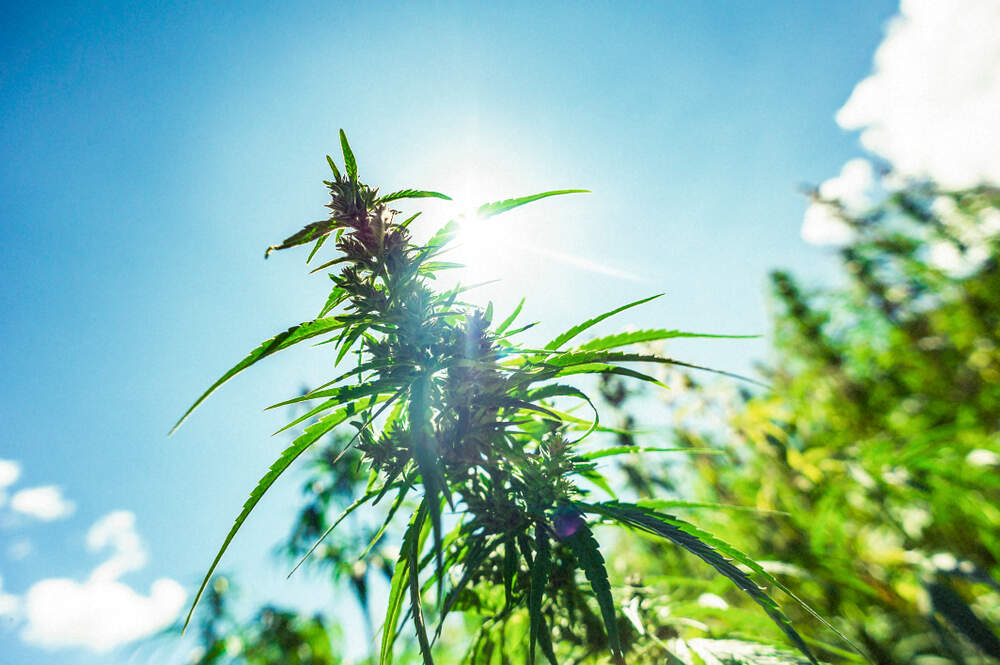
Nutrient schedules and harvesting timelines
Sativas often need less nitrogen and prefer lighter feeding overall. Here’s how I feed mine:
- Veg: Light nitrogen, cal-mag, silica for stem strength
- Flower: Low N, moderate P and K, extra magnesium in weeks 5–8
- Flush: At least 10–14 days before harvest for smooth smoke
Harvest timing can be tricky. Sativas often keep putting out pistils late into flower. Use a loupe—look for mostly cloudy trichomes with a few ambers to get that soaring head high.
Where to Buy High-Quality Sativa Seeds and Ensuring Authenticity
Don’t waste your time with mystery seeds or no-name breeders. If you’re investing time and energy, start with solid genetics.
Reputable seed banks and verifying genetic integrity
Stick to well-known, reviewed seed banks like:
- Dutch Passion
- MSNL
- Seedsman
- FastBuds (for autoflowers)
- Green House Seeds
Look for detailed strain descriptions, lab-tested THC/CBD results, and breeder history. If the site looks sketchy, it probably is.
Feminized vs regular seeds: pros and cons
- Feminized: Easier, more predictable, best for growing bud
- Regular: Needed if you’re breeding or want genetic variety
I use feminized for my personal grows and regulars when I’m making seeds or doing genetic hunts.
Legal and shipping considerations depending on region
Check your local laws. Even in legal regions, some seed shipments get flagged. Stick with discreet seed banks that ship stealthily. Many will reship if your order doesn’t arrive.
Conclusion
Growing sativa cannabis seeds is one of the most rewarding experiences a grower can have. The soaring highs, unique flavors, and massive plants offer something you just can’t get from indica strains. Whether you’re chasing landrace purity or modern hybrids, choosing the right sativa seed starts with knowing your setup, understanding your climate, and dialing in your grow techniques. Start small, train early, and harvest smart—and you’ll soon have jars full of euphoric, mind-expanding flower to be proud of.


